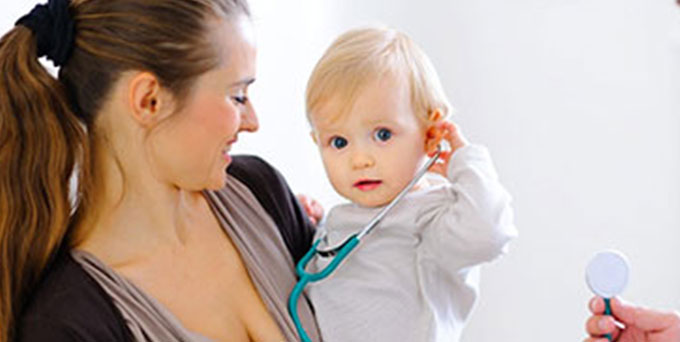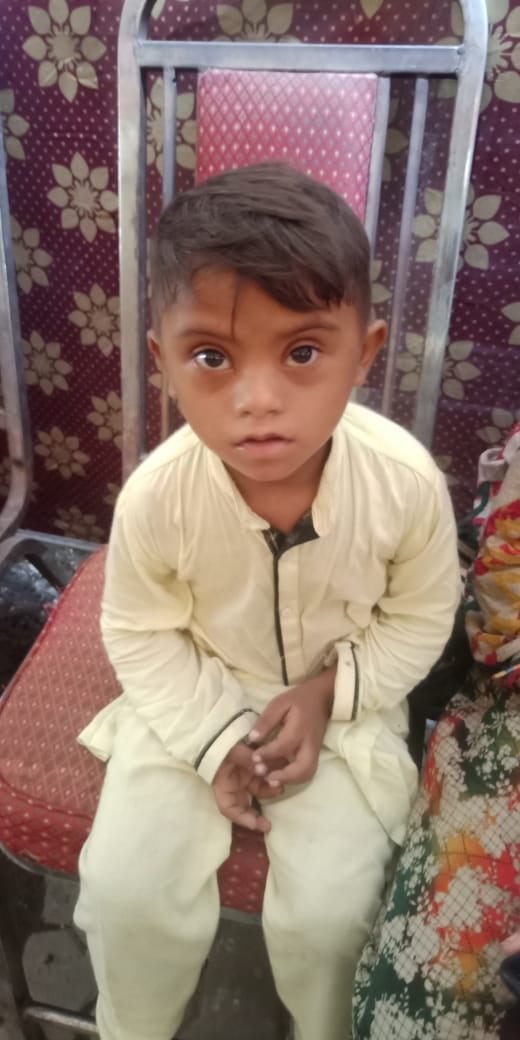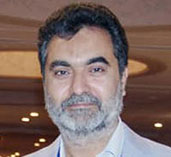
Homeopathic Treatment of Burkett’s Leukemia and lymphoma
BURKETT’S LEUKEMIA AND LYMPHOMA
What is Burkett’s Leukemia and lymphoma?
Burkett’s Leukemia is fast a growing and rare leukemia in which there is an excess of B-lymphocytes (white blood cells) in the blood and bone marrow. It usually starts into the lymph nodes as Burkett lymphoma, after that it spreads into the blood and bone marrow. which can grow directly into the blood and bone marrow, without the involvement of lymph nodes. Burkett’s leukemia and Burkett’s lymphoma are linked to the infection due to Epstein-Barr virus. Clinical presentation of Burkett’s leukemia is varied according to the site of origin and metastasized. Commonly it involves the gastrointestinal tract, head, and neck. Other primary sites can be abdomen,bone, liver, spleen, kidney, breast and pancreas.
How does Burkitt’s lymphoma affect the body?
Burkitt’s lymphoma presents with rapidly enlarging lymph node tumor masses involving the chest and/or the abdomen. It can spread into central nervous syetem and can involve spleen,liver and bone marrow. A number of other signs and symptoms can appear as night seating, sudden weight loss and fever.
Who does Burkitt’s lymphoma commonly affect?
Burkitt lymphoma stands almost only 1% of adult lymphoma, but mostly it can be appear as 30% of childhood non-Hodgkin lymphoma. Most children with Burkett’s lymphoma get diagnosed at the age of 5 and 10 years. While adults mostly get disgnosed between the ages of 30 to 50 years. Burkitt’s lymphoma effects males 4 times higher rates than females.
What are the Signs and symptoms of Burkett’s leukemia and lymphoma?
Sign and symptoms of Burkett’s leukemia may include the following In the case of abdominal BL, common sign and symptoms are
- Palpable mass
- Abdominal pain
- Nausea, Vomiting
- Constipation/Black stools
- Unexplained fever
When to visit the doctor?
If you feel any alarming symptoms that make you worry, visit your doctor immediately.
What are the Causes Burkett’s leukemia and lymphoma?
Causes of Burkitt’s leukemia are following
- Endemic Burkitt’s leukemia is linked to malaria and Epstein-Barr virus (EBV), that also causes glandular fever.
- The infrequent form of Burkitt’s leukemia is not as much of linked with the presence of Epstein- Barr virus (EBV) because in some cases people have this virus but they cannot develop Burkitt’s leukemia.
- People with immune-deficient syndromes like HIV/AIDS have higher chances to develop Burkitt’s leukemia than people without these syndromes.
What are the Types of Burkett’s leukemia and lymphoma?
According to the WHO criteria, there are 3 types of Burkitt’s leukemia.
Endemic BL:
The endemic form of Burkitt’s leukemia is most common in Africa. Almost 50% of childhood malignancies are of Burkitt’s leukemia. The mandibular, orbital bones and abdomen are the most common sites for the progression of endemic Burkitt’s leukemia. These types have more chances to spread into the central nervous system.
Sporadic BL:
It occurs worldwide equally. Almost 30-40% of children suffer from this leukemia. In the US and many European countries, it is diagnosed in the 40% pediatric lymphomas and 1-2% in adult leukemia cases. The abdomen is the most common site for the development of this form of BL.
Immunodeficiency-associated BL:
This type of BL is more common in patients with HIV/AIDS. It accounts for almost 30-40% of non-hodking lymphomas in the patients of HIV and AIDS. It also occurs in the patients having congenital diseases that cause immune deficiency or in those who take immunosuppressive drugs for a long time.
RISK FACTORS
Infections:
Some viruses that directly affect the DNA of lymphocytes and can cause Burkitt’s leukemia such as a human T-cell lymphotropic virus (HTLV-1), Human herpesvirus 8 (HHV-8) and Epstein-Barr virus (EBV).
Autoimmune disease:
Having Rheumatoid arthritis, Systemic lupus erythematosus and celiac disease are linked with the development of Burkitt’s leukemia.
Body weight and diet:
Being over-weight or obese have higher risks developing many health impairing issues including leukemias. Eating a healthy diet and staying in normal weight, can lower the risks of leukemias.
Radiation exposure:
Exposure to radiations for a long time can cause BL. Risks are higher for the people who got radiation therapy and chemotherapy for the treatment of cancer in the past.
Family history:
Having first-degree relatives who have cancer can increase your risks to suffer from Burkitt’s leukemia.
Race, geography:
It usually affects the people of Africa, the US, and Europe. In USA, white people are on higher risks than Asian American.
Diagnosis of Burkitt Lymphoma:
Occurrence and spread of Burkitt’s leukemia and Lymphoma is very quick. So the prompt diagnosis is very important to prevent the disease. On suspicion of Burkitt Lymphoma, all or small part of enlarges lymph node is taken for biopsy. This biopsied tissue is examined under microscope to rule out the disease.
Additional tests may include:
- Ct scan of abdomen, chest and pelvis
- Chest X-ray
- Bone Marrow Aspiration/Biopsy
- PET SCAN
- Spinal fluid examination
- Blood tests to rule out liver and kidney functions
- Tests for HIV
What is Prognosis for Burkitt Lymphoma?
Burkitt lymphoma is deadly whenever left untreated. In youngsters, brief escalated chemotherapy typically fixes Burkitt lymphoma, prompting long term treatment prognosis is 60% to 90%. While in grown-up patients, results are more dynamic. Mostly, on time treatment is associated with long term treatment with the survival of 70% to 80 percent.
Outline of the Burkitt’s Leukemia and lymphoma:
Burkitt’s leukemia is Burkitt’s lymphoma yet with the predominance of dangerous Burkitt’s cells in the bone marrow up to 20%.
Burkitt’s lymphoma is a persuasive condition, and it is more common in kids than grown-ups. There are three kinds of Burkitt’s lymphoma: endemic, irregular, and immunodeficiency-related.
EBV, which is an transferable infection that normally spreads through salivation, has a solid relationship with a wide range of Burkitt’s lymphoma.
Diagnosis of Burkitt’s lymphoma and Burkitt’s leukemia might include biopsies and imaging tests, for example, CT outputs or MRI examines.
The best therapy choice for Burkitt’s lymphoma is thought repeated chemotherapy. Although this treatment technique is normally effective, it can bring about certain confusions and sideeffects, particularly in grown-ups.
Treatment at Saher Homeo Clinic
Here, at Saher Welfare Foundation, we treat every individual at the genetic level. Every individual seeks treatment on the basis of symptoms and health condition. We have a number of completely cured cases.



